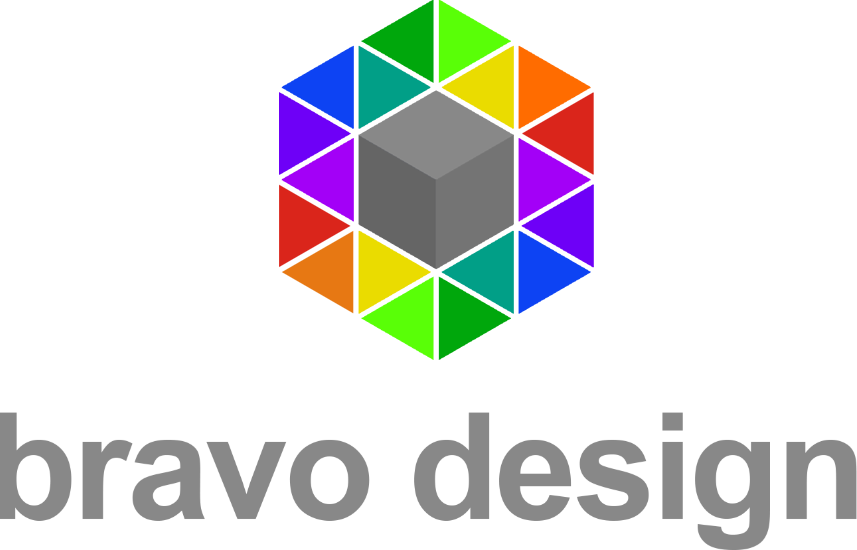In the world of manufacturing and project management, efficiency and productivity are king. Two methodologies that have significantly contributed to streamlining operations in these sectors are Lean Manufacturing and the Kanban board. Understanding how these concepts work individually and in tandem can lead to remarkable improvements in workflow, product quality, and customer satisfaction.
Lean Manufacturing: The Pursuit of Efficiency
Lean Manufacturing, originating from the Toyota Production System, is a management philosophy focusing on reducing waste within manufacturing systems while simultaneously maximizing productivity. This approach is not just about cutting costs; it’s about creating more value with fewer resources. The core principles of Lean Manufacturing include:
- Identifying Value: Understanding what the customer values and focusing all processes to enhance this value.
- Mapping the Value Stream: Analyzing every step in the manufacturing process and eliminating steps that do not add value.
- Creating Flow: Ensuring that once a product is started, it moves through all stages of production smoothly, without interruption.
- Establishing Pull: Producing only what is needed when it’s needed, reducing excess inventory and waste.
- Pursuing Perfection: Continually looking for ways to reduce waste and streamline processes.
-
Kanban Boards: Visualizing Workflow
The Kanban board, part of the Kanban system, is a tool used to visualize work and optimize the flow of tasks. Originally developed by Toyota as a scheduling system for lean manufacturing, Kanban boards have found widespread use in various industries, especially in software development and project management. The basic elements of a Kanban board include:
- Columns: Representing different stages of the process (e.g., To Do, In Progress, Done).
- Cards: Representing tasks or work items.
- Work In Progress (WIP) Limits: Restricting the number of tasks in any column to prevent overloading and to ensure a smooth workflow.
Integration: Lean Manufacturing Meets Kanban
Integrating Lean Manufacturing principles with the Kanban board can yield significant improvements in operational efficiency. The visual nature of the Kanban board complements Lean’s focus on eliminating waste and optimizing flow. Here’s how they can work together:
- Visibility: Kanban boards provide a clear, visual representation of work status, highlighting bottlenecks and waste in the process.
- Flexibility: The adaptability of Kanban aligns with Lean’s emphasis on continuous improvement.
- Pull System: Kanban boards support Lean’s pull system by visualizing work and ensuring that new tasks are only started when there is a demand.
- Continuous Improvement: Both methodologies encourage regular reflection and adaptation to improve efficiency and quality.
- Harnessing Digital Tools: The Kanban Board App
-
Integrating digital solutions like the Kanban Board app into Lean Manufacturing processes revolutionizes workflow management. Offered by 123bravo.com, this app is a testament to how technology can elevate traditional methodologies:
- Visual Management: The app’s visual Kanban view brings Lean’s principles of visibility and flow to life, allowing for real-time tracking and management of tasks.
- Flexibility and Customization: It adapts to various logistical processes like inventory, packing, and shipping, aligning with Lean’s focus on value and efficiency.
- Accessibility: Optimized for both tablet and PC, it ensures that Lean principles are accessible in diverse working environments.
- Collaboration: With its multi-user capability, the app fosters teamwork, essential in Lean Manufacturing’s pursuit of continuous improvement.
Lean Manufactuing and Kanban Boad: A Powerful Combination
The combination of Lean Manufacturing and Kanban boards offers a powerful toolset for organizations looking to enhance their operational efficiency and quality. By focusing on value, eliminating waste, and visualizing the workflow, businesses can create a more streamlined, responsive, and efficient production system. This integration not only improves internal processes but also leads to higher customer satisfaction and competitive advantage in the market.
In conclusion, Lean Manufacturing and Kanban boards are not just tools or methodologies; they represent a shift in mindset towards continuous improvement and efficiency. Embracing these concepts can lead to a transformative journey for businesses, driving them towards greater success and sustainability in the ever-evolving world of manufacturing and project management.
Conclusion: A Fusion of Traditional and Modern
The integration of digital tools like the Kanban Board app into Lean Manufacturing and Kanban systems is more than an upgrade; it’s a transformation. By combining the time-tested principles of Lean with the innovations of modern technology, businesses can achieve unprecedented levels of efficiency and productivity. This fusion not only streamlines internal processes but also significantly enhances customer satisfaction and competitive advantage in the marketplace. To explore the app’s features in detail, visit 123bravo.com.
In the evolving landscape of manufacturing and project management, embracing such digital enhancements is not just a choice but a necessity for businesses aiming for success and sustainability in the modern world. Lean Manufacturing and Kanban, augmented with tools like the Kanban Board app, offer a robust framework for achieving these goals.
-
-

